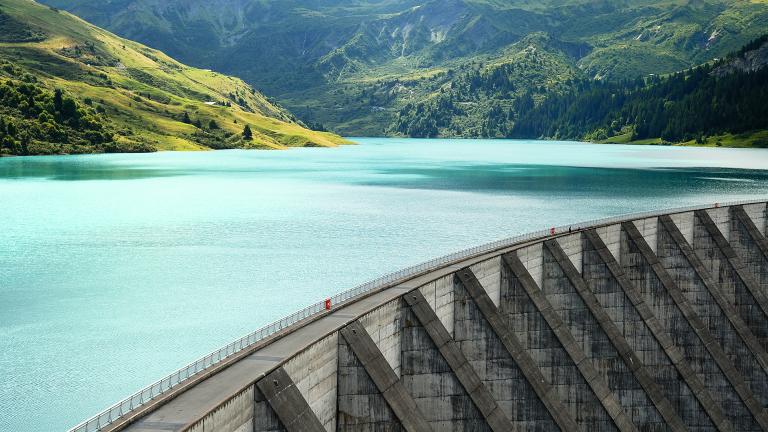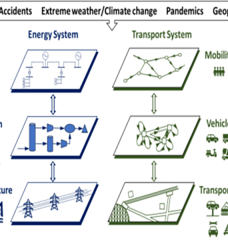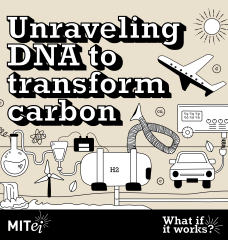
A new CEEPR Working Paper addresses the role of pumped hydro storage (PHS) to decarbonization of the electricity sector. Strategies for decarbonization generally look to expanded penetration of renewable generation, especially wind and solar PV. The variability in the renewable resource is a major challenge that must be managed. Electricity storage of some form or another is one important management tool. Pumped hydro is a mature storage technology, and—aside from reservoir hydro—accounts for the vast majority of storage installed on power systems across the world.
To conduct our analysis, we use Spain's power system as a case study. Spain has an ambitious decarbonization target: a 100% renewable electricity grid by 2050. Spain also has a large installed base of pumped hydro storage—the highest capacity in Europe, and the fourth highest in the world, following the U.S., China and Japan. Our analysis will show how this existing capacity improves the utilization of all low-carbon generation sources, including solar PV, wind, and also nuclear, while decreasing the dispatch of natural gas-fired generation and therefore reducing greenhouse gas (GHG) emissions. We then evaluate the impact of additional investment in pumped hydro and how this impact varies as low-carbon sources become an even larger share of the system.
Our results demonstrate that even in the Spanish case, with a high installed base of pumped hydro storage, additional investments become warranted as low-carbon generation expands. We conduct our analysis looking out to 2030 projections for load and alternative portfolios to serve that load. As a reference point, we take the Distributed Generation scenario detailed in the Ten-Year Network Development Plans 2018 developed by the European Network of Transmission System Operators for Electricity (ENTSO-E) in collaboration with their sister organization responsible for natural gas transmission systems. This scenario was used as one base case scenario in the report by Spain's Commission of Experts tasked in 2017 with informing Spain's Inter-ministerial Working Group's development of a future Law on Climate Change and the Energy Transition. This is our Base Case scenario. We then analyze three deeper decarbonization scenarios—each one utilizing expanded investments in one low-carbon technology, including nuclear (preserving Spain's existing nuclear plants), wind, and solar PV. In each of these deeper decarbonization portfolios, incremental investment in pumped hydro capacity is a cheaper source of carbon abatement than further investments in either wind or solar PV capacity.
The focus in this paper is on pumped hydro storage's use as a balancing resource to complement the hourly dispatch of other generation, whether as a peaking resource to complement baseload and load-following generation or as a flexible resource to firm up wind or solar generation. Pumped hydro can provide a variety of other services as well, including frequency regulation and operating reserves, but they are not included in our valuation. If they were, they would strengthen the case for further investments.
References
Anthony Fratto Oyler. "The Value of Pumped Hydro Storage in a Decarbonized World". Thesis accepted for S.M. in Technology and Policy, Massachusetts Institute of Technology, School of Engineering, Institute for Data, Systems, and Society.
Gimeno-Gutiérrez and R. Lacal-Arántegui. "The Role of Pumped Storage Hydro Resources in Electricity Markets and System Operation. A GIS-based assessment of pumped hydropower storage potential". Joint Research Center Scientific and Policy Reports (2013).
Jesse D. Jenkins and Nestor A. Sepulveda. "Enhanced Decision Support for a Changing Electricity Landscape: The GenX Configurable Electricity Resource Capacity Expansion Model". MIT Energy Initiative Working Paper 1 (2017).
Chi-Jen Yang. "Pumped Hydroelectric Storage". Chapter 2 in: Storing Energy (2016).
Further Reading: CEEPR WP 2020-007
About the Authors:








